
If you’re like me, you’re tired of buying fresh kale from the grocery store or farmer’s market only to find that it’s gone bad shortly after. Kale has become a staple in my diet due to its numerous health benefits, but it can be challenging to tell when it has gone bad. Not to mention, fresh kale can come at an additional cost compared to other vegetables. Excess moisture, improper storage, and an expired expiration date are just a few factors that can contribute to bad kale.
In this blog post, I’ll explain how to tell if kale is bad and my expert tips how I make my bunch of kale last longer. Then, you can also get the most out of this nutritious leafy vegetable.
Types of Kale
Let’s first start with the basics of this green superfood! Kale is a cruciferous vegetable and popular leafy green vegetable that is widely consumed due to its health benefits and low acidity. As a recipe developer, I’ve experimented with a few types of kale over the recipes. You can now find several varieties of kale that differ in appearance, taste, and texture. Here are some of the most common types of kale that you can find at the grocery store or farmers market:
- Tuscan kale: Also known as Lacinato kale or dinosaur kale, this variety has dark green, elongated leaves that are slightly wrinkled. It has a slightly sweeter and milder flavor than other types of kale. I like to use this one in soups, stews, green smoothies and salads.
- Curly kale: This is the most common type of kale, with ruffled leaves that are bright green or purple. It has a slightly bitter taste and a chewy texture. This one is perfect for smoothies, salads, stir-fries and kale chips.
- Red Russian kale: This variety has flat, oval-shaped leaves that are purplish-red in color. It has a tender texture and a slightly sweet flavor. I suggest using this one in salads and sautéed dishes.
- Winterbor kale: This type of kale has deeply curled leaves that are blue-green in color. It has a slightly sweeter taste than curly kale. I love using this variety in a kale salad and as a garnish.
- Premier kale: This variety has smooth, flat leaves that are deep green in color. It has a mild flavor and is a good option to be used in salads and smoothies.
How to Pick out Kale
Knowing how to pick out kale is essential to ensure you get fresh, high-quality greens. Here are some of my top tips on how to select the best kale for your recipes:
- Look for Vibrant Color: Choose kale leaves that have a rich, deep green color. Avoid any leaves that appear yellowed, brown, or wilted, as these are signs of age and deterioration.
- Check the Leaves: Examine the leaves for any signs of damage or wilting. Kale should have crisp, firm leaves without blemishes or holes. Avoid kale with torn or bruised leaves.
- Consider the Size: Kale leaves can vary in size. Smaller leaves tend to be more tender and milder in flavor, while larger leaves may be slightly tougher and have a stronger taste. Choose the size that suits your preferences or recipe requirements.
- Inspect the Stems: The stems of kale can be quite tough and fibrous. If you prefer a more tender texture, look for kale with thinner stems. However, some recipes call for the use of the stem, so it depends on your intended use.
- Organic vs. Conventional: If possible, choose organic kale to minimize exposure to pesticides and chemicals. Organic kale is often available at many grocery stores and farmers’ markets.
- Freshness Matters: The fresher the kale, the better the flavor and nutritional value. Try to pick kale that has been recently harvested. At farmers’ markets, I’ve often found kale that was harvested that same day or within a day or two.
- Seasonal Availability: Kale is a cool-season vegetable and tends to be at its best during the fall and early winter months. While it’s available year-round, the flavor and quality may be superior during its peak season.
I hope that by sharing these tips with you, you’ll now now how to pick out fresh and flavorful kale for your favourite recipes!
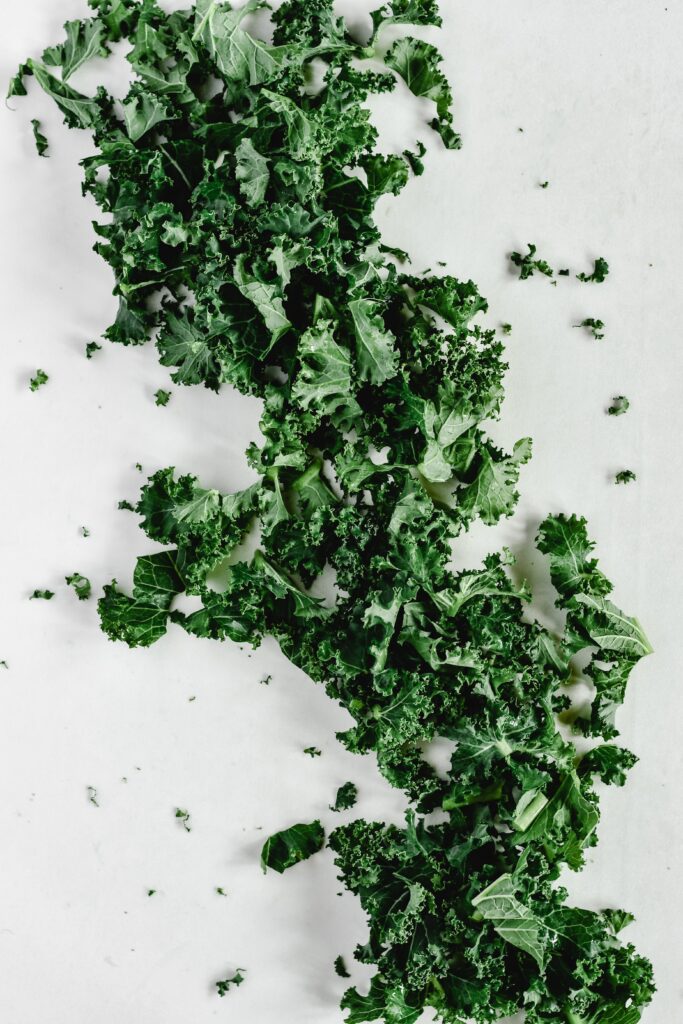
Health Benefits of Eating Kale
As you might know, kale is a highly nutritious leafy green vegetable that provides a wide range of health benefits. As a home chef and recipe developer, I love adding kale to recipes. Over the years, I’ve come to learn some of the key benefits of kale, so let’s break down the nutritional value of this healthy food:
- Good source of fiber: Kale is an excellent source of fiber, which is a great way help to promote healthy digestion and reduce the risk of certain diseases. Just one cup of chopped kale contains nearly 3 grams of fiber.
- High in vitamin C: Kale is a great source of vitamin C, an antioxidant that helps to protect cells from damage and supports a healthy immune system. One cup of chopped kale contains more than 100% of the recommended daily intake of vitamin C.
- Rich in vitamin K: Kale is also a good source of vitamin K, which is important for healthy bones and blood clotting. One cup of chopped kale contains more than 500% of the recommended daily intake of vitamin K.
- Low in calories: Kale is a low-calorie food that can help to support weight loss and weight management. One cup of chopped kale contains just 33 calories, making it a great addition to any diet.
- Nutrient-dense: Kale is a highly nutrient-dense food that provides a wide range of vitamins, minerals, and antioxidants in small amounts. Eating kale regularly can help to ensure that you are getting a variety of essential nutrients for optimal health.
- Uses the whole plant: Kale stems are also edible and contain a good amount of fiber, vitamins, and minerals. Adding kale stems to your meals is a good way to reduce food waste and increase your nutritional intake.
Suggested Post: Benefits of Juicing Kale
How Long Does Kale Last
You’ll be happy to know that kale has a relatively long shelf life compared to some other leafy greens. When stored properly, it can stay fresh for up to a week!
To extend the shelf life of kale, I store it in the refrigerator. I keep it wrapped in a damp paper towel and place it in a plastic bag. When stored this way, I’ve had kale last for up to five days, sometimes even seven!
How Long Will Kale Last on the Counter
From my experience, kale can last on the counter for a relatively short period compared to some other vegetables. Typically, fresh kale will remain at its best quality for about 1 to 2 days when stored at room temperature.
How Long Will Kale Last in the Fridge?
To prolong its freshness, I suggest storing kale in the refrigerator, where it can stay crisp and flavorful for up to 5 to 7 days when properly stored in a plastic bag or airtight container. However, for the longest shelf life, freezing kale is the best option, as it can last for several months in the freezer.
How to Tell if Kale Has Gone Bad
There are several signs to look for to determine if kale is bad and no longer safe to eat. Here are my top signs of spoilage I look out for:
- Black spots or brown spots on the kale leaves: These are a sign of decay and spoilage, and indicate that the kale is past its prime.
- Slimy kale: If the kale feels slimy or has a slippery texture, it’s a sign that it’s gone bad. This is often caused by the growth of harmful bacteria on the leaves.
- Off smell or foul odor: If the kale has an unpleasant smell, it may be a sign that it’s no longer fresh. It’s best to discard kale with a foul odor as it may cause food poisoning if consumed.
- Yellow kale: If the kale leaves have turned yellow or are wilted, this is a sign that the kale is no longer fresh.
- Black specs or other discolorations on the leaves: These may be a sign of mold or other bacterial growth, and should be avoided.
- Rotten eggs smell: If the kale smells like rotten eggs, it may be a sign of bacterial growth, and the kale should be discarded.
The most obvious sign that kale is bad is if it looks and smells off. If you’re not sure whether your kale is still good, it’s best to err on the side of caution and throw it out.
Can You Eat Yellow Kale?
Yes, you can eat yellow kale, but it’s important to understand why it has turned yellow.
Why Kale Turns Yellow
Yellowing in kale leaves is often a sign of aging or stress, which can affect its taste and texture. While still safe to eat, yellowed kale may have a slightly bitter or tougher flavor compared to fresh, green kale. While I’d avoid using it in salads, it’s best to use yellow kale in cooked dishes like soups, stews, or sautés, where its texture and flavor can be improved through cooking.
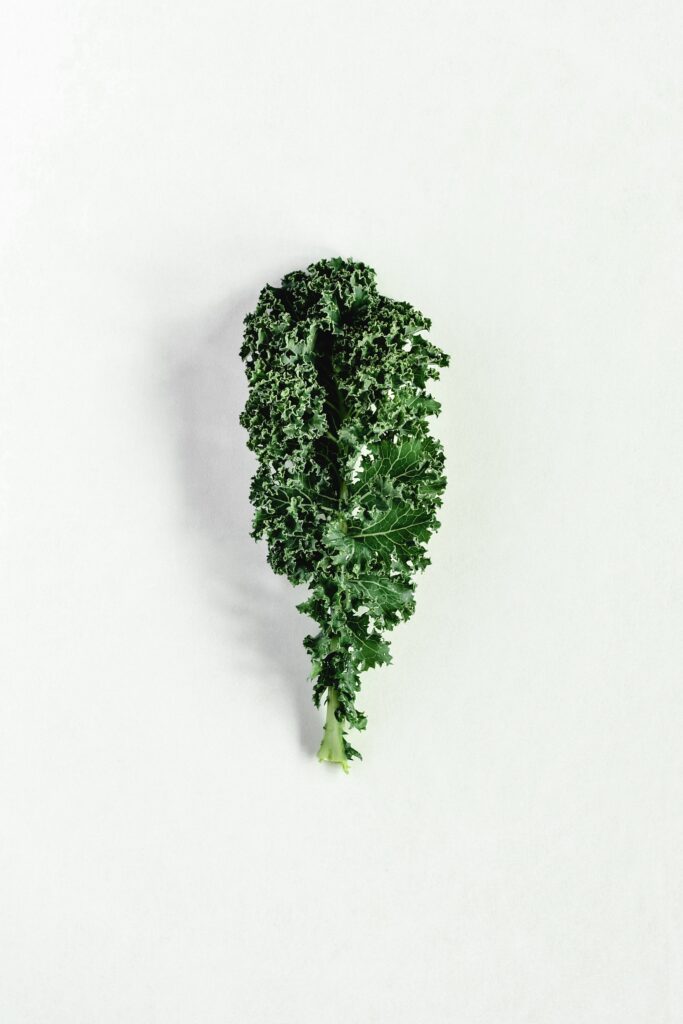
Should I wash kale before putting it in the fridge?
I definitely recommended to wash kale before putting it in the fridge, even if it comes in an unopened bag of prewashed kale. This is because there is still a chance that the kale may have come into contact with harmful bacteria during processing, and washing it can help reduce this risk.
To wash kale, fill a large bowl or clean sink with cold water and add ice cubes to create an ice water bath. Submerge the kale leaves in the water and gently swish them around to remove any dirt or debris. You can also use a salad spinner to remove excess water from the leaves.
If you’re washing a large amount of kale, you can spread it out in a single layer on a baking sheet lined with paper towels to dry. To save time, I also use a salad spinner to remove excess water from the leaves.
Different types of kale may require different washing techniques, but generally, washing in cold water and removing excess water with a salad spinner or by laying the leaves out in a single layer on a baking sheet are good options.
Suggested Recipe: Easiest Kale & Chickpea Salad
How to Store Kale
Proper storage is important to maintain the best quality of kale and ensure it stays fresh for as long as possible. Here are my top tips on how to store kale:
- Remove any damaged or wilted leaves from the kale bunch and discard them.
- Rinse the kale leaves thoroughly under cold water and pat them dry with paper towels.
- Store the kale in an airtight container or plastic bag. You can also wrap the kale in a paper towel before putting it in the container or bag to absorb excess moisture and prevent it from becoming slimy.
- For the best results, store the kale in the back of the fridge where the temperature is the coldest. Alternatively, you can store the kale in the crisper drawer, which is designed to help maintain humidity levels.
- Do not store kale at room temperature, as this can cause it to wilt and spoil more quickly.
- If you have excess kale and want to store it for longer, you can freeze it in freezer bags. Be sure to blanch the kale before freezing it to help retain its color and texture.
- Avoid storing kale with other fruits and vegetables that produce ethylene gas, such as apples and bananas, as this can cause the kale to ripen and spoil more quickly.
- Store kale in a way that allows as much air circulation as possible while still keeping it covered to help maintain its freshness.
By following these simple tips, you can help ensure your kale stays fresh and maintains its best quality for as long as possible.
Can You Freeze Kale
Yes, you can freeze kale to preserve it for longer periods. I love freezing kale since it’s a great way to extend its shelf life or save it for later. Here’s how I freeze my kale:
- Wash and Prepare: Start by washing the kale thoroughly to remove any dirt or contaminants. Remove the tough stems from the kale leaves, as they can become quite fibrous when frozen.
- Blanch: Blanching helps preserve the color, flavor, and nutrients of kale while also killing any potentially harmful bacteria. To do so, bring a large pot of water to a boil and prepare a bowl of ice water. Submerge the kale leaves in the boiling water for about 2-3 minutes, then immediately transfer them to the ice water to cool rapidly.
- Drain and Dry: Once the kale is cooled, drain it thoroughly and pat it dry with paper towels or a clean kitchen cloth to remove excess moisture.
- Portion and Freeze: Divide the blanched and dried kale into portions that you’ll use in recipes. This can be done by chopping it into smaller pieces or leaving it whole. Place the portions in airtight freezer-safe containers or sealable plastic bags, removing as much air as possible to prevent freezer burn.
- Label and Store: Label the containers or bags with the date and place in the freezer.
Frozen kale can be used in a variety of dishes, such as soups, stews, smoothies, and stir-fries. Keep in mind that the texture of kale may change slightly after freezing, and it may become somewhat softer, but its nutritional value will still be preserved.
Final Thoughts
I hope I’ve helped you answer any questions about kale, and how to keep it fresh as long as possible. Remember, the key to prolonging the life of your greens lies in proper storage. If you have any questions about kale or anything else kitchen-related, feel free to drop them in the comments. I’m always here to help and will make sure to answer any queries you might have.
My goal is to simplify the culinary world, sharing my kitchen tips and tricks I’ve learnt throughout the years as a food and lifestyle expert. Let’s continue to create a more delicious life together!

Christopher is a food and lifestyle expert, recipe developer and the content creator behind May Eighty Five. With years of experience in the kitchen, he also shares tips, tricks and how to’s that he has learnt over the years. Every week, he shares quick, simple and mostly healthy recipes along with some home and entertaining tips. You will find flavorful cocktails, delicious appetizers, tasty mains and some indulgent desserts. As a home decor enthusiast, he also likes to share simple DIY projects and simple tips for a beautiful home.


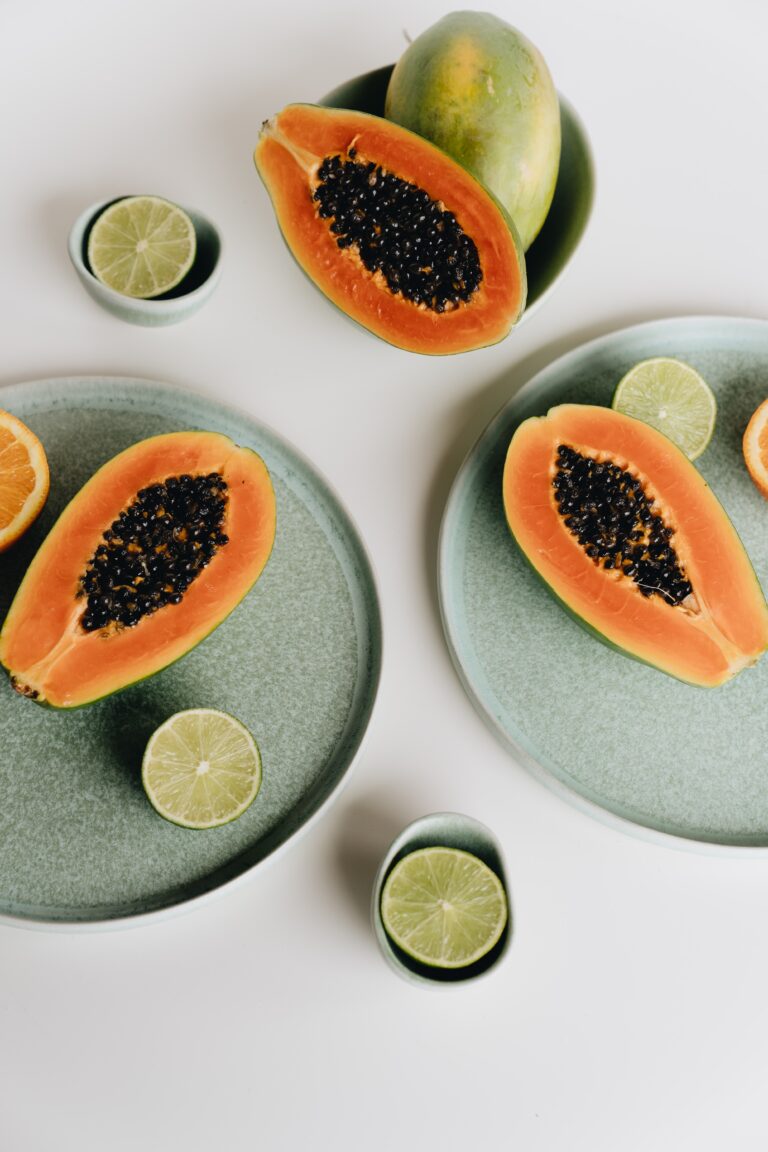
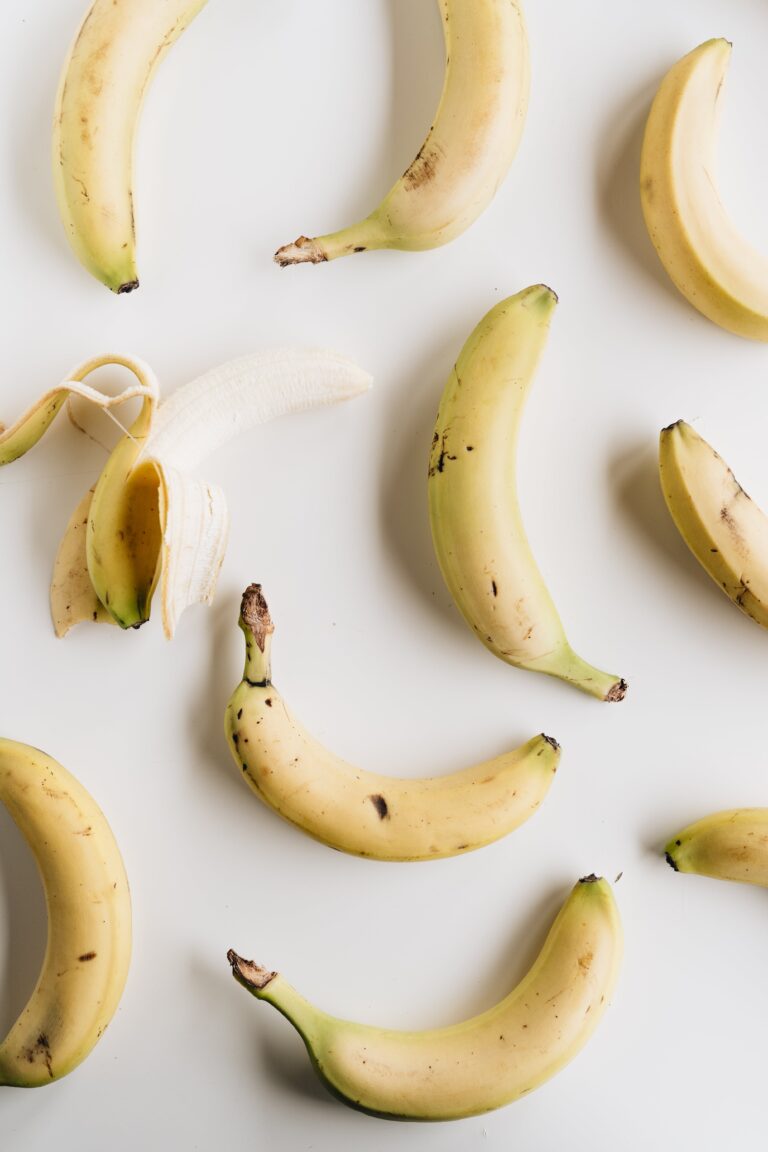
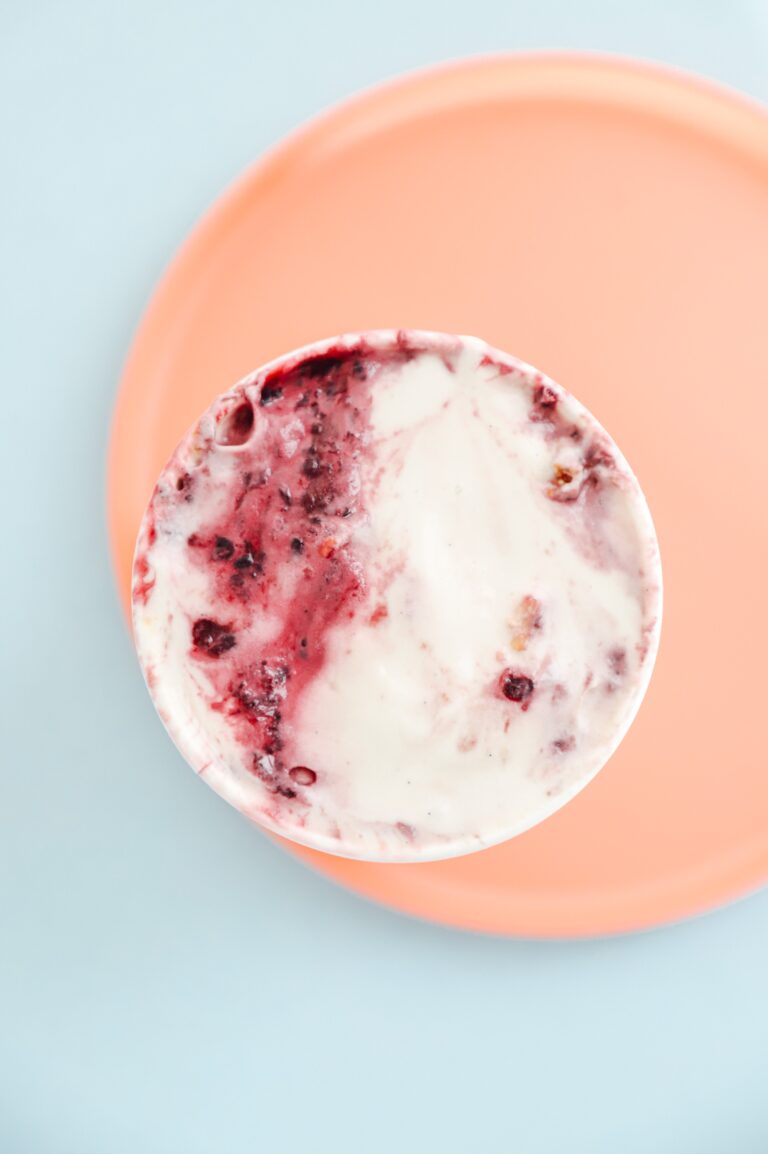
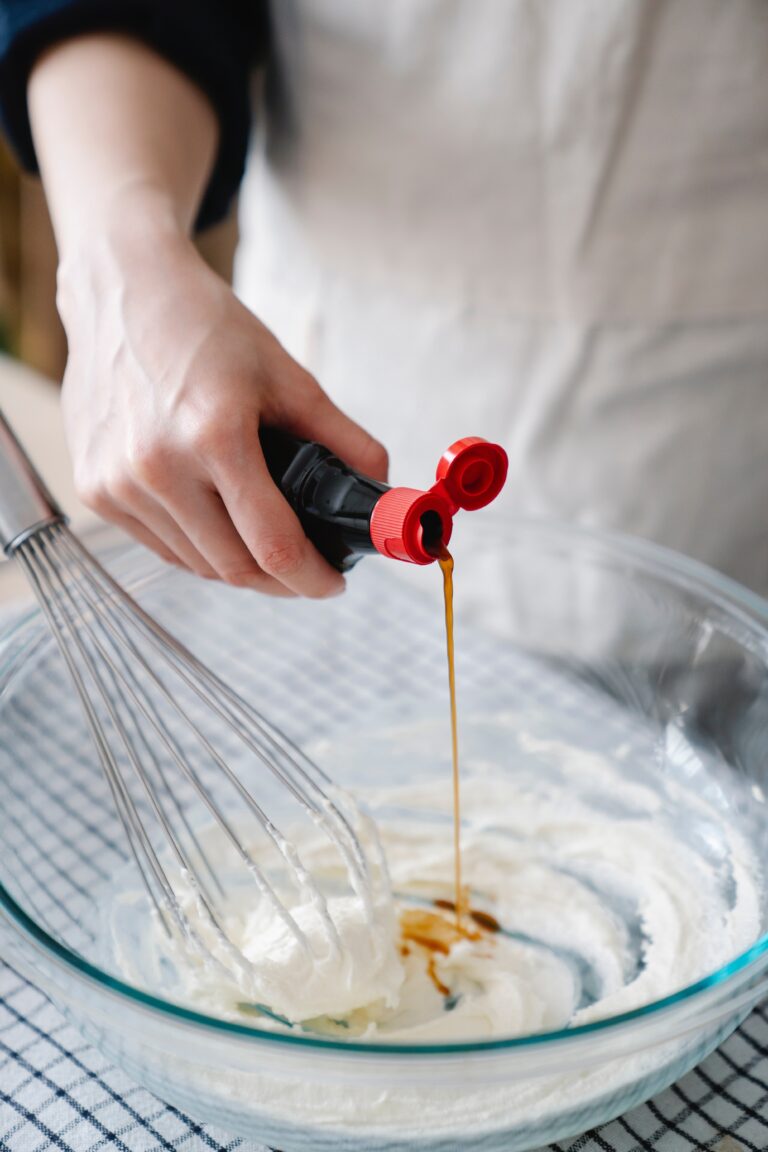
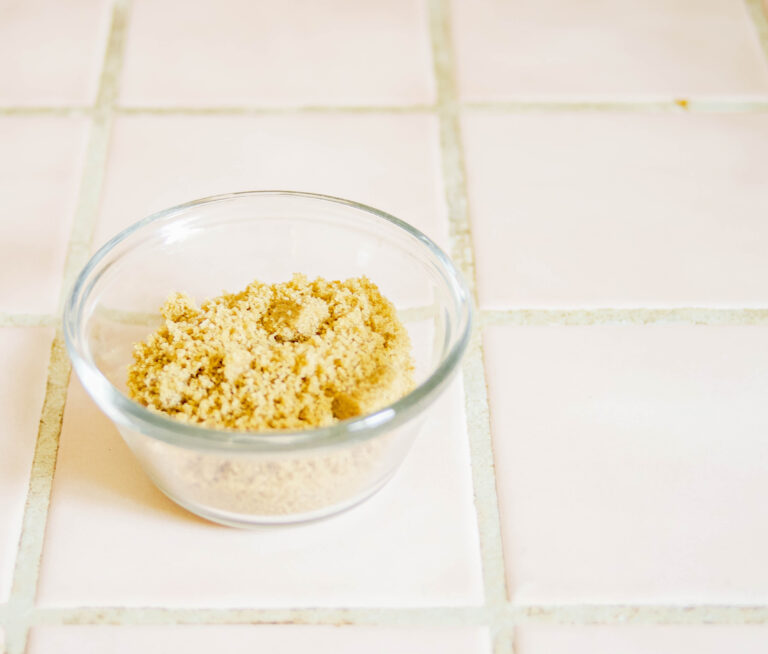
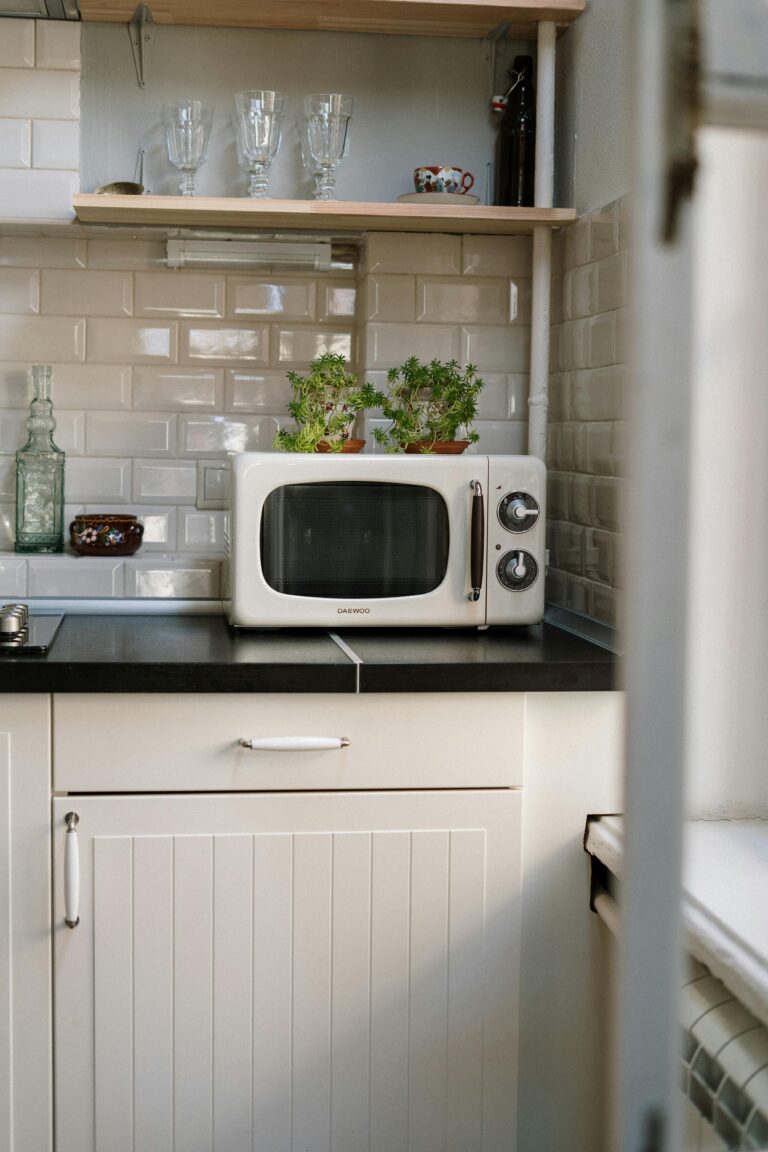
One Comment